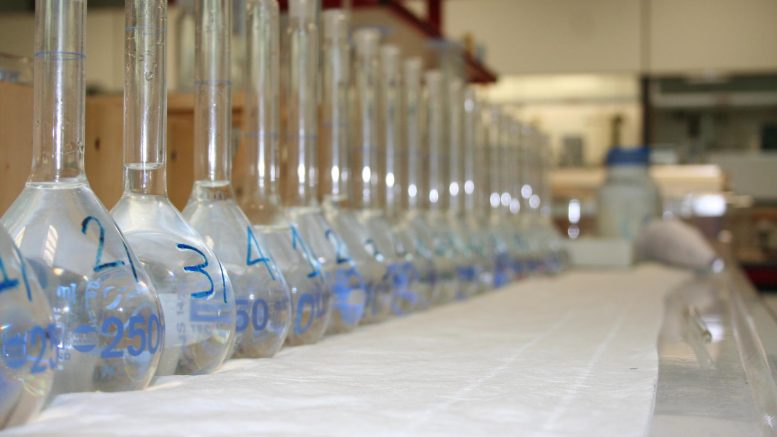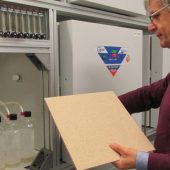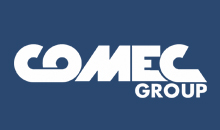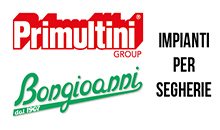The European Commission has established a new limit for the concentration of formaldehyde in the air of “living environments”: the Regulation 2023/1464, published on 14th July, cuts the previous values by setting the limit to 0,062 mg/m3 for the emission of this substance considering, in particular, wood-based products and furniture as possible “sources” of formaldehyde. It should be noted that the provision prescribes a new limit which is exactly the half of the value indicated in 1989 by the World Health Organization (0.124 mg/m3), on which the well-known and consolidated E1 classification is based. The E1 is, up to now, not only the recognized standard of the sector, but it is also the reference class legally adopted by many European countries, including Italy.
The regulation affects many other products, for which specific limits are defined: for fabrics, leathers, plastics or electronic products, for example, the limit is now 0.08 mg/m3.
It is undoubtedly worth highlighting that, for the first time, the whole European wood and furniture sector must adopt a precise “rule” from the European authorities which, unlike the E1 classification, must necessarily be applied by all European countries, obviously involving also all products imported in the EU.
Companies in the sector will have, in any case, three years to comply with the new Regulation. This period of time is necessary for the European Chemicals Agency (ECHA) to define, with the involvement of the European associations and organizations involved, the proper guidelines on test methods.
The new Regulation and the possible consequences on the market were presented during a very committed webinar organized on 26 July by FederlegnoArredo (the federation of Italian associations representing companies engaged in the processing of wood and its derivatives) and by Catas, which were both closely involved in the effort to bring the needs of the companies of the sector to the tables where the Regulation was discussed. There were many questions from the more than 300 participants, although it was considered that most of the companies are, in any case, still ready to face this new challenge.
“The restriction on formaldehyde certainly has the advantage of restoring uniformity at a European level: companies already have compliant solutions available on the market for most of their products. It will be necessary to evaluate the time required for a complete fulfillment of all products and the turnover of warehouses, in order to be completely ready for the deadline”, commented Omar Degoli, head of the Environment and Circular Economy Office of FederlegnoArredo. “We hope – he added – that the same attention will be placed to the market surveillance with adequate controls on products and semi-finished products imported into Europe from other countries to be compliant with the new limits”.
“We are ready to measure the compliance of the products with the new limits”, commented Franco Bulian, Head Director of Catas. “The guidelines that the European authorities will define, will soon allow us to be able to use also the so-called “derived” methods as well, simplifying the procedures and helping companies in the necessary analytical controls. One aspect I would like to underline is that such strict measures Europe has defined will change also the comparison with other limits in the international scenario: if before the new EU Regulation we were generally above the limits currently applied in the American market, now the situation is the opposite with consequences not easily predictable.
Moreover, this new Regulation demonstrates how decisively Europe is increasingly moving towards concrete actions to the products safety. The recent provisions to reduce the use of diisocyanates in products such as adhesives and paints or what is being done with regard to melamine, clearly demonstrate the strong attention of the European Union to safety issues that also involve our sector”.
In this situation, the commitment of Catas in trying to inform and involve the whole sector in the important consequences these measures can determine is undoubtedly growing.














